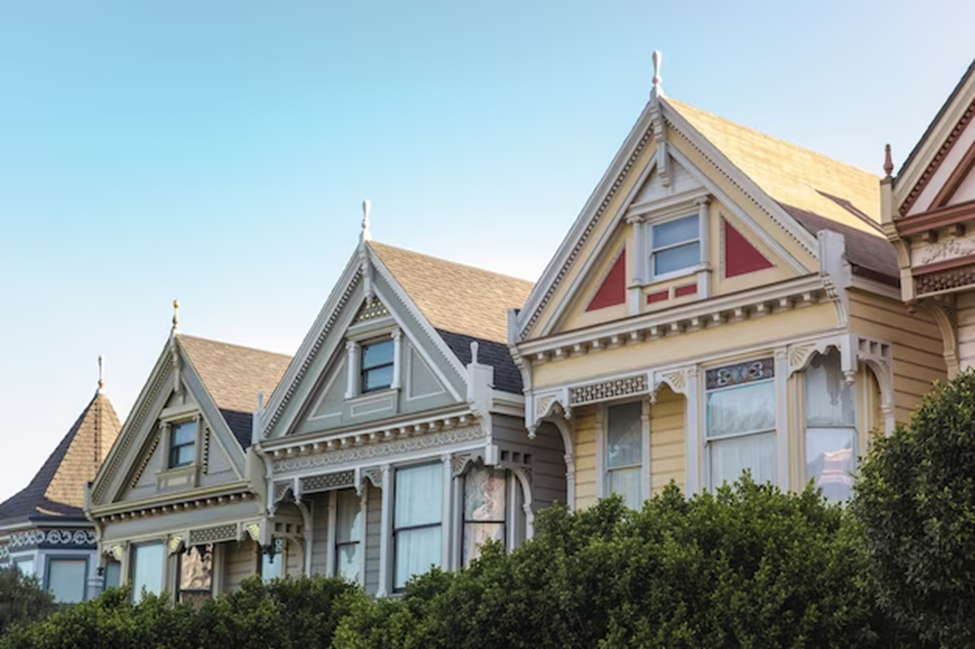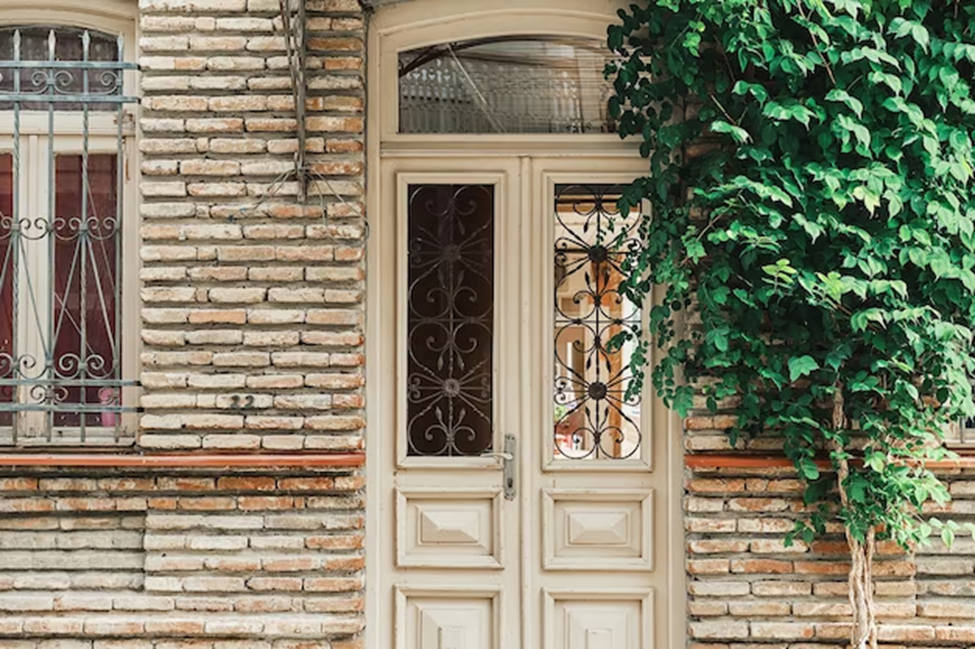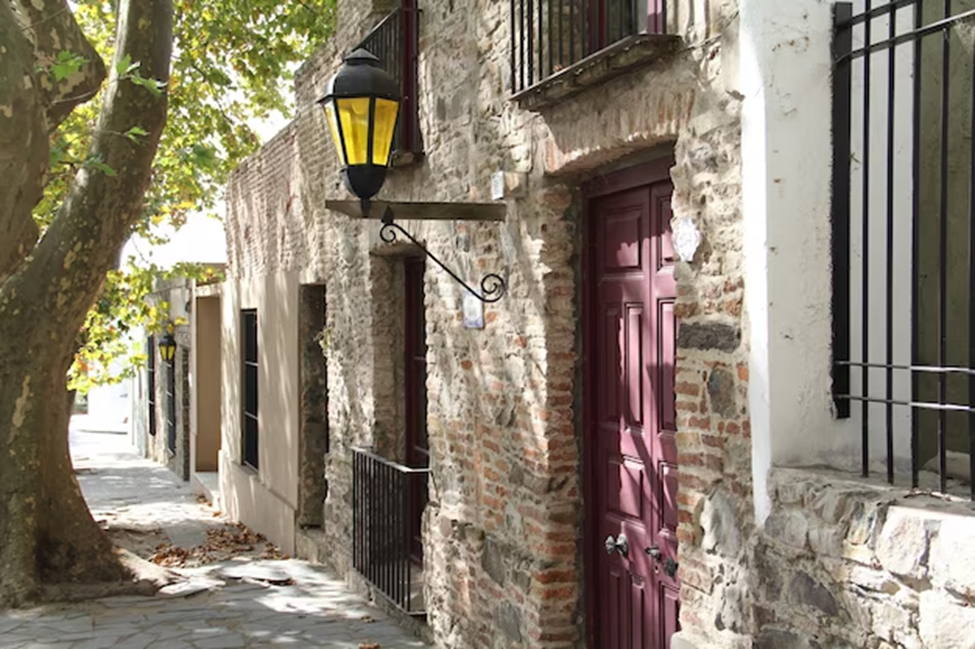Preserving Heritage: Structural Challenges in Renovating Historic Buildings
- Natalie Akins
- Feb 20, 2024
- 3 min read
Historic buildings stand as testaments to the architectural prowess and cultural heritage of past generations. However, preserving and renovating these structures often presents a unique set of challenges that demand innovative solutions and meticulous attention to detail.
Below, we will delve into the structural challenges commonly encountered during the renovation of historic buildings and explore strategies to overcome them.
Shifting Foundations
One of the primary challenges in renovating historic buildings is dealing with shifting foundations. Over time, changes in soil conditions, moisture levels, and seismic activity can cause foundations to settle unevenly, resulting in structural instability and cracks in the walls. Addressing this issue often requires excavation to expose the foundation, repair any damage, and reinforce the structure.
The excavation cost for this type of work can vary significantly depending on the size and complexity of the project, as well as the local soil conditions and labor rates. Due to these concerns, it is often advisable to explore hydrovac services in your area. This innovative process involves liquefying the soil around a structure and suctioning it out. Hydrovac service is often the least invasive excavation procedure and can greatly reduce the risk of causing further damage to the foundation of a historic building.
Electrical Wiring Issues
The electrical wiring in historic buildings is another area that frequently requires attention during renovations. Old wiring systems may be outdated, unsafe, and unable to handle the demands of modern electrical appliances and technologies. Upgrading the electrical system involves replacing old wiring, installing new outlets, and ensuring proper grounding and safety measures are in place.
Moisture Damage
Moisture damage poses a significant threat to the structural integrity and aesthetic appeal of historic buildings. Water can seep through cracks in the foundation, walls, or roof, leading to dampness, rot, and mold growth. To combat this issue, it is crucial to identify and repair any sources of moisture ingress, such as leaky roofs or clogged gutters. Additionally, applying a water sealant to exterior masonry can help repel water and prevent further damage.
Damaged Pipes
Another common challenge is dealing with damaged or corroded pipes. Over time, pipes can deteriorate due to factors such as age, rust, and mineral buildup. This can lead to leaks, water damage, and potential health hazards.
To address this, it is necessary to assess the condition of the pipes and replace any that are damaged or beyond repair. When doing so, it is worthwhile to consider innovative pipe insulation systems to better preserve the pipework moving forward. It is also advisable to install new plumbing fixtures that are more efficient and durable.
Leaks in the Building Envelope
Leaks in the building envelope, which includes the roof, walls, and windows, can cause significant structural and aesthetic issues. Water infiltration can lead to rotting wood, mold growth, and damage to interior finishes. Leaks also lead to unwanted air transfer, which can significantly degrade the energy efficiency in historic buildings.
To fortify leaks, it is essential to inspect the building envelope thoroughly. A blower door test may be necessary when leaks are not readily apparent. Repair any gaps or cracks. While liquid flashing and silicone-based sealers can go a long way toward shoring up leaks, more extensive renovations may be necessary in heavily worn areas. Installing the best replacement windows, for instance, is a premier means of retrofitting the building envelope of a historic building to prevent ongoing air leakage.
Code Violations
Renovating historic buildings often requires careful consideration of local building codes and regulations. In some cases, there is only so much you can do to a building, as extensive renovation will put it at risk of losing its "historic" status.
For example, some codes may impose restrictions on alterations to the building's exterior appearance, materials used, and structural modifications. To ensure compliance, it is necessary to work closely with local authorities and obtain the necessary permits before commencing any renovation work.
Outdated Aesthetics
While preserving the historical character of a building is essential, it is also important to address outdated aesthetics that may hinder its functionality and appeal. This might involve updating window sill wood trim, incorporating modern amenities, and making necessary modifications to improve accessibility and comfort. However, any aesthetic changes should be in harmony with the building's original design and architectural style.
Embrace the Challenges When Renovation a Historic Building
Renovating historic buildings requires a deep understanding of the unique challenges associated with their age, materials, and historical significance. Architects and contractors must be equipped with innovative solutions and a meticulous approach to address the unique concerns of renovating classic architecture.
By preserving the heritage of these structures while adapting them to modern needs and standards, we can create spaces that celebrate the past while meeting the demands of the present.
For more ideas on how to tackle the challenges of restoring historic buildings, explore the resources at Structures Insider for the leading insights in the architecture industry!
READ MORE:







